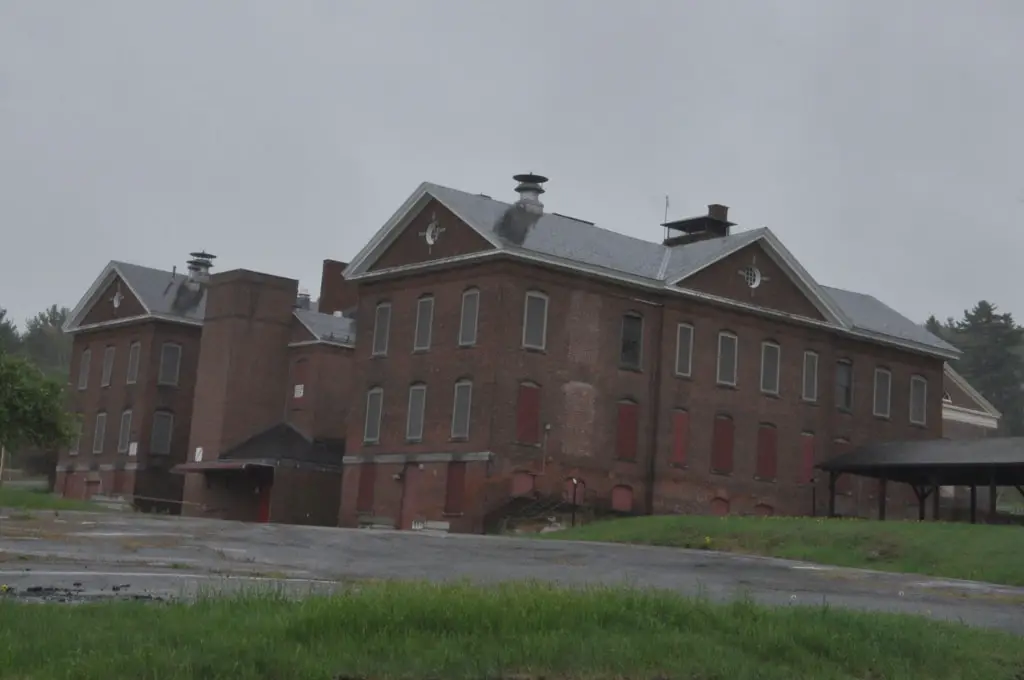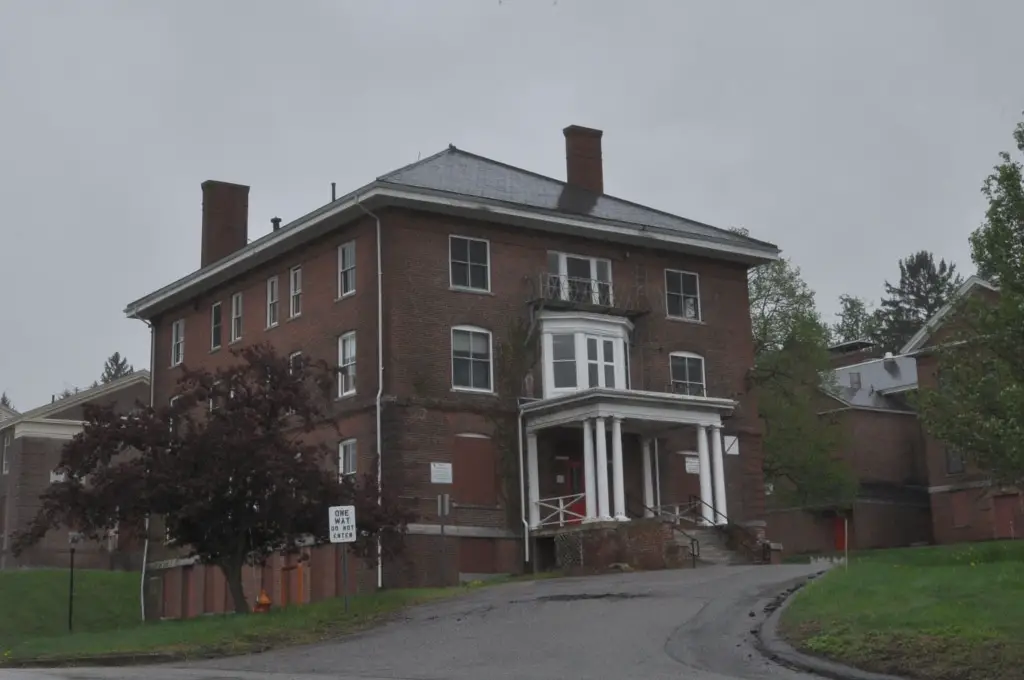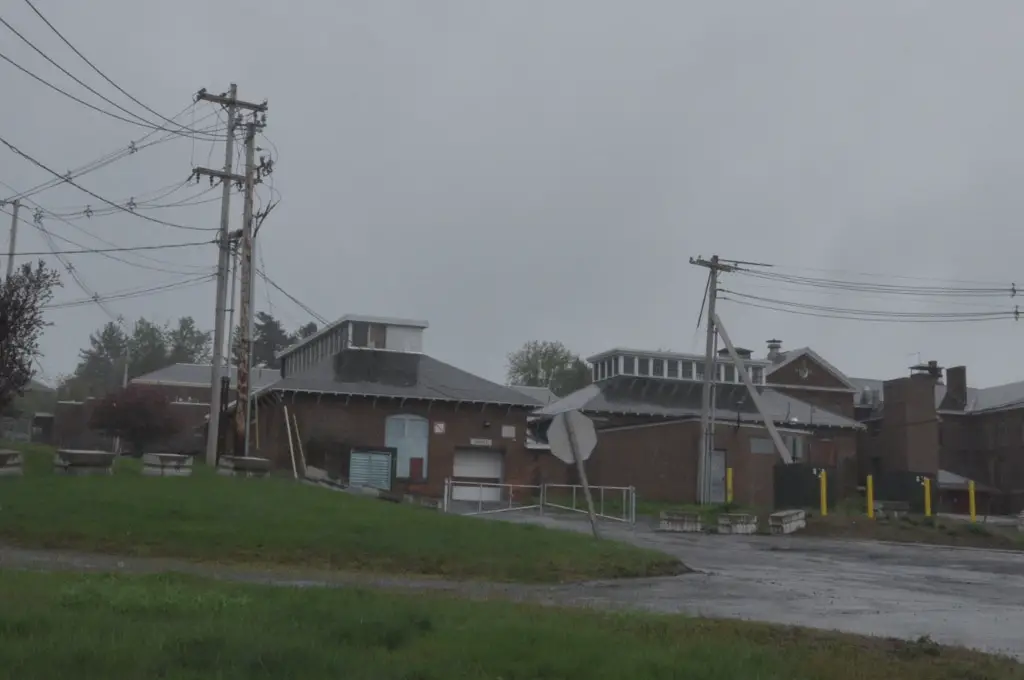Establishment and Early Years of Monson Developmental Center
In the rolling hills of northern Monson, Massachusetts, a significant piece of history was born in 1854. The Commonwealth of Massachusetts acquired 175 acres of land, where an almshouse was erected to provide shelter and care for poor immigrants fleeing the Great Famine of Ireland. This noble initiative marked the beginning of what would become a vital institution in the community.
The almshouse soon transformed into the State Farm School in 1855, reflecting a shift in its mission. It later became the State Primary School, housing children who were wards of the state. These early years were marked by compassion and care as the institution sought to provide a haven for those in need.
In 1898, the state’s Hospital for Epileptics opened on the grounds, utilizing the existing facilities and adding several more buildings.
This marked a new era for the property as it expanded its reach to serve a broader population. The early years of the Monson Developmental Center were characterized by growth, transformation, and a commitment to serving the community.
Expansion and Growth
The 20th century brought significant changes to the Monson Developmental Center. Over the first half of the century, the facility expanded rapidly, encompassing 72 buildings on 662 acres of land.
This growth was not merely physical; the center’s mission evolved to provide services to a broader range of individuals, including those with epilepsy and other medical conditions.
New buildings were constructed, and old ones were renovated to meet the population’s growing needs. The center became a hub of medical innovation and care, providing state-of-the-art treatment and support to those who called it home.
Yet, the expansion was not without challenges. Balancing the need for growth with preserving the center’s core values required careful planning and execution.
Decline and Closure
Despite its growth and success, the latter part of the 20th century saw a decline in the Monson Developmental Center’s population. 1994 the property was listed on the National Register of Historic Places, recognizing its historical significance. However, this could not halt the inevitable changes that were to come.
In 2008, the state announced plans to close the facility, a decision that was met with mixed emotions. The last 31 residents were relocated in 2012, marking the end of an era. The once-bustling center became a quiet reminder of the past, its buildings standing as silent witnesses to the lives that had been lived within their walls.
After the closure, the state planned to demolish nearly half the buildings, citing their deteriorated condition or the presence of asbestos. Many who had connections to the center met this decision with sadness, as it signaled the end of a significant chapter in the community’s history.

Redevelopment and Current Status
The closure of the Monson Developmental Center was not the end of its story. In 2017, the state initiated a call for proposals to redevelop approximately 256 acres, encompassing the majority of the land that had been previously developed. This marked a new beginning, as the property was allowed to be reborn.
The state’s solicitation of bids for the sale and reuse of the developed portions of the property signaled a willingness to honor the center’s legacy while looking to the future. The community watched with anticipation as plans were made, hopeful the property would find a new purpose that respected its rich history.
As of 2023, the redevelopment process is ongoing, with various proposals and ideas being considered. The Monson Developmental Center’s story continues to unfold, its future intertwined with the community’s hopes and dreams.

Impact and Legacy
The Monson Developmental Center‘s impact on the community and the state of Massachusetts cannot be overstated. It was a place of refuge, care, and innovation for over a century. Its legacy is one of compassion, resilience, and transformation.
Similar state-owned facilities, such as Belchertown State School, share this legacy, reflecting a broader commitment to care and support. The center’s contributions to medical research, education, and community well-being are lasting reminders of its significance.
Yet, the center’s story also reflects change, growth, and the passage of time. Its closure and redevelopment remind us that nothing is static and that even the most cherished institutions must evolve.

The Monson Developmental Center’s story is a testament to the community’s ability to honor the past while embracing the future.
Conclusion
The Monson Developmental Center‘s journey from its establishment in 1854 to its current status is a rich tapestry of history, community, and change. Its story concerns compassion, innovation, decline, rebirth, and legacy.
The center’s impact on the lives of those it served and the community is a lasting tribute to the values guiding its mission. As the property evolves, its story remains a vital part of the community’s heritage, a reminder of what has been, and an inspiration for what is yet to come.

